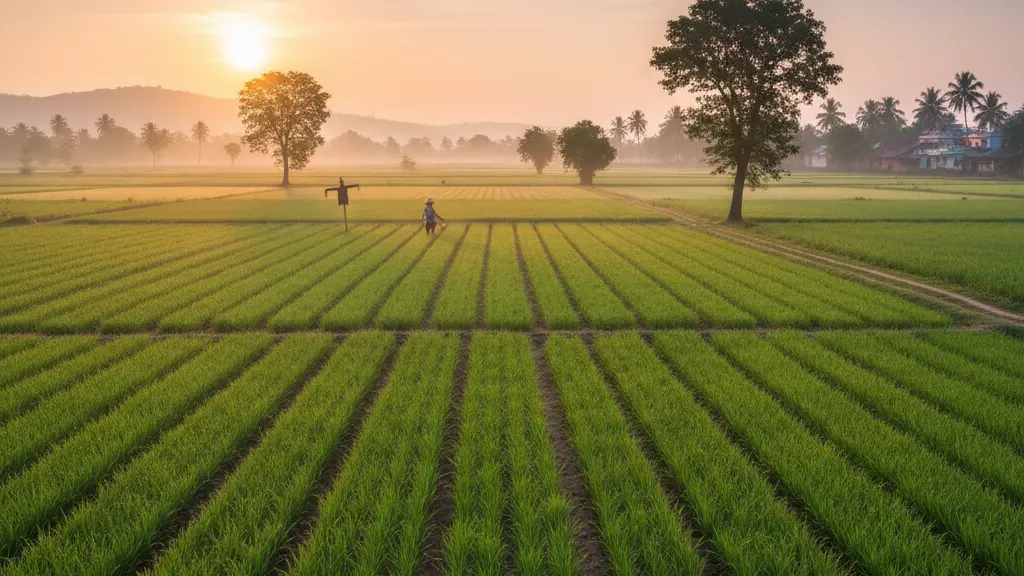India's farmers are facing unpredictable weather, droughts, and floods that threaten not only their livelihoods but also the health of entire communities. Amid these challenges, agroforestry—integrating trees with crops—emerges as a solution that protects both the environment and public health.
Nutrition and Food Security
Agroforestry enriches rural diets by combining fruit-bearing trees such as mango, guava, and moringa with crops. These trees diversify food sources, making families less dependent on single-crop harvests. The result is improved nutrition, particularly in villages where malnutrition and micronutrient deficiencies remain widespread. Children benefit from a more balanced diet, reducing long-term health risks.
Cleaner Air and Better Living Conditions
Tree cover acts as a natural air purifier, reducing dust and pollutants common in rural areas. Studies show that greater green cover lowers respiratory illnesses such as asthma and chronic bronchitis. Shade from trees also reduces exposure to extreme heat, lowering the risk of dehydration and heat-related illnesses during increasingly harsh summers.
Soil, Water, and Health
By restoring soil fertility and preventing erosion, agroforestry reduces the need for chemical fertilizers and pesticides, which often contaminate groundwater and harm human health. Improved water retention from tree roots ensures cleaner water sources, reducing the spread of waterborne diseases.
Mental and Community Wellbeing
Green landscapes are known to enhance mental health by lowering stress levels. Agroforestry not only improves the environment but also creates a sense of security for farming families, reducing anxiety caused by crop failures and financial instability.
Agroforestry is more than an agricultural technique—it is a public health strategy. By improving diets, purifying air, conserving water, and reducing dependence on harmful chemicals, it can help India build healthier, more resilient rural communities.
